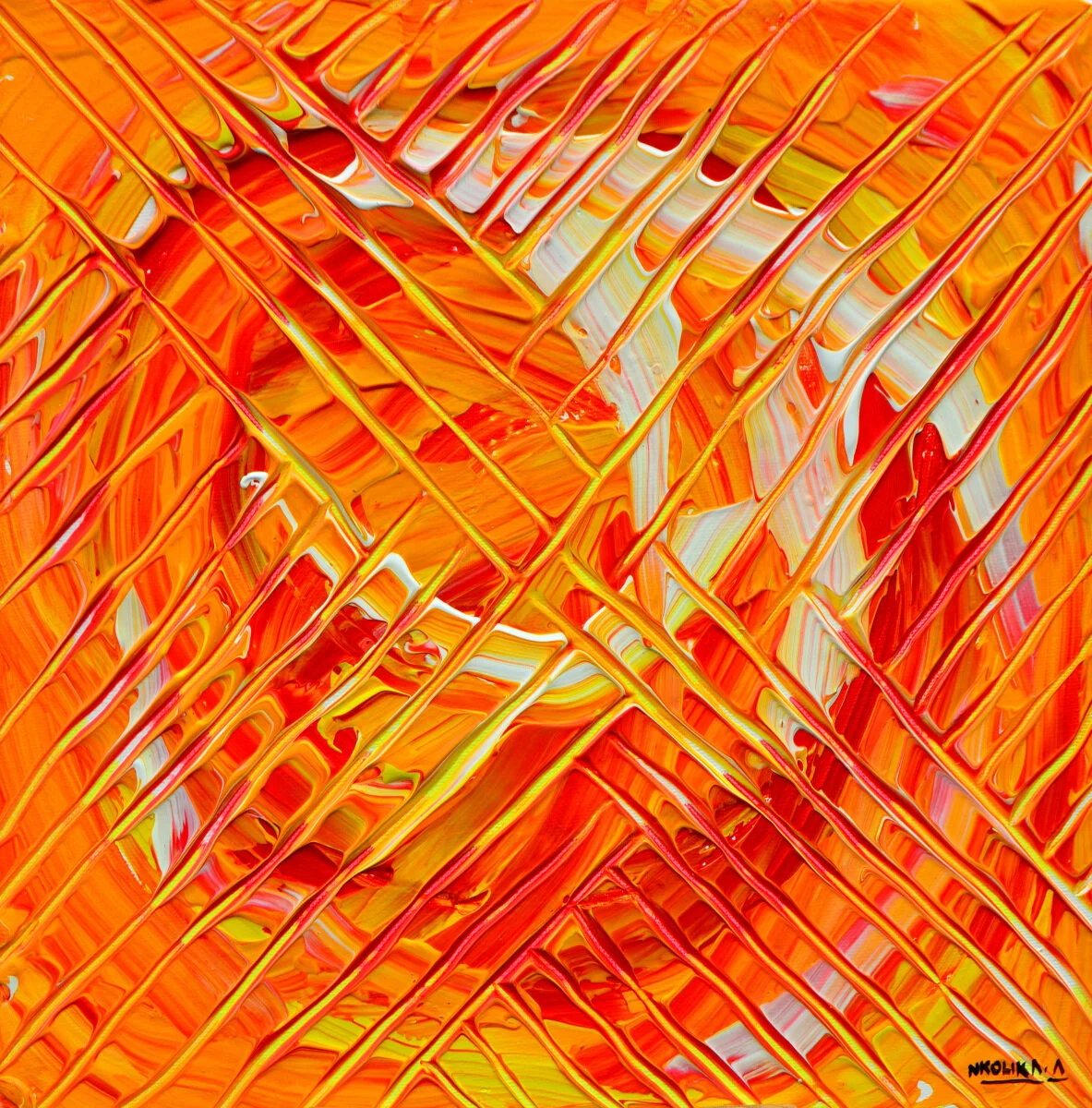Kalahari San (Bushmen) Of Botswana
When I moved to Botswana in 2008, I knew very little about the place. All I knew was they had a bustling diamond industry and that it was the most stable country in Africa.
The former meant little to me but the latter meant the world to me (who would want to move to a place filled with violence and insecurity?).
On getting there I realized there was so much more about this beautiful country to behold.
I lived in the North close to the wildlife reserves and their many animal inhabitants.
Every year during the hunting season, tourists came in their thousands to catch a glimpse of these magnificent creatures.
Another very fascinating feature of Botswana is the Kalahari San people, famously known as the “Bushmen”. I remember watching the film “The gods must be crazy” years ago.
Though I thoroughly enjoyed it I never once thought I would one day be close to the “Bushmen”.
Along with this post I would be taking you through the creation of a drawing of one of the Kalahari Bushmen I did.
It is an original charcoal and ink drawing of a Kalahari San (Bushmen) traditional dancer, performing during the annual Kuru dance festival in Botswana. Animal skins, Ostrich eggshell jewelry and beaded headbands comprise the traditional dress of the San, as seen with this joyful dancer at the festival.
This drawing captures one of the few exceptionally great chances for the Kalahari San people to showcase their culture to a seemingly unknowing world.
The Bushmen, San, Sho, Basarwa, ǃKung or Khwe are indigenous people of southern Africa that spans most areas of South Africa, Zimbabwe, Lesotho, Mozambique, Swaziland, Botswana, Namibia, and Angola.
They were traditionally hunter-gatherers, part of the Khoisan group and are related to the traditionally pastoral Khoikhoi. Starting in the 1950s, through the 1990s, they switched to farming.
Beautiful San rock art can be seen throughout Southern Africa where the San lived as hunter-gatherers. In the past 2000 years, the San were slowly pushed to live in the arid sands of the Kalahari Desert by Bantu tribes and white farmers who took the more fertile land for their crops and livestock.
Genetic evidence suggests they are one of the oldest, if not the oldest, peoples in the world. The term “San” was historically applied by their ethnic relatives and historic rivals, the Khoikhoi.
This term means “outsider” in the Nama language and was derogatory because it distinguished the Bushmen from what the Khoikhoi called themselves, namely the First People. Western anthropologists adopted “San” extensively in the 1970s, where it remains preferred in academic circles.
The term “Bushmen” is widely used, but opinions vary on whether it is appropriate – given that the term is sometimes viewed as pejorative
The Bushmen of the Kalahari were first brought to the Western world’s attention in the 1950s by South African author Laurens van der Post with the famous book "The Lost World of the Kalahari", which was also a BBC TV series.
The 1980 comedy movie The Gods Must Be Crazy portrays a Kalahari Bushman tribe’s first encounter with an artifact from the outside world (a Coke bottle).
In 1969, the director of this movie, Jamie Uys, had directed Lost in the Desert, in which a small boy stranded in the desert encounters a group of wandering Bushmen, and is helped by them and then abandoned due to a misunderstanding created by the lack of a common language and culture.
All the best
Nkoli










